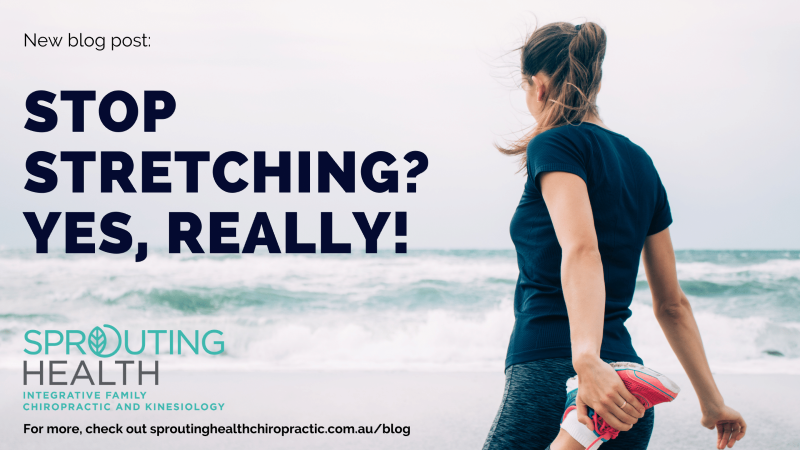|
Dr. Phil Maffetone (1) has been questioning stretching for decades, going back to the 1970s.
He says “As I gained more experience treating and training athletes, I developed an even better clinical perspective. By that time I had many hundreds of athletes to compare,” he says. “The results were that in those who were injured a significant number were regular stretchers. Meanwhile, among athletes who did not stretch, injury rates were significantly lower.” What does the research say about this? In a recent Sports Medicine article (2) 278 references of scientific studies were included. The author concluded that flexibility has little predictive value or validity with health and performance outcomes in apparently healthy individuals, and that stretching is not the best way to improve flexibility for sports activities……. Flexibility, as measured by the sit-and-reach or standing trunk flexion, is not predictive of all-cause mortality. Body composition, cardiovascular endurance, muscle endurance, muscle strength, and muscle power are all predictive of mortality (1). Flexibility declines with age, but unlike muscle strength, flexibility does not predict falls in older adults. Sit-and-reach scores also do not predict future incidence of low back pain or injury in adults. High levels of flexibility might actually increase injury risk. A recent systematic review concluded there is “moderate evidence” ankle and hamstring flexibility (e.g., sit-and-reach scores) predict musculoskeletal injury in military and civilian populations (3). The author urges that stretching be de-emphasized as a component of physical fitness and that eliminating it allows programs to better utilize time for more effective activities. (Note that for some activities, such as ballet dancing and hurdling, flexibility beyond the natural range of motion may be helpful.) (1). In addition the Sports Medicine articles point out that stretching can actually weaken muscles for a considerable amount of time following. For example, studies show that holding a stretch for a minute or more decreases strength and speed for up to one hour. The research article points to the fact that leisure-based activities or formal exercise prescriptions of aerobic or resistance exercise should suffice to maintain or restore functionally relevant levels of flexibility in most populations. Without stretching this leads to reduced session duration, which might improve exercise adherence. While the evidence against stretching is mounting, the notion of movement to improve flexibility is gaining support. There’s a big difference between stretching and warming up prior to exercise. A proper warm-up and cool down are crucial to an effective workout whether it’s aerobic or strength training. Clearly stretching is on its way out in modern athletic training, and movement such as a proper warm-up is gaining popularity. Combined with aerobic fitness and strength-training, this is the best scientific approach to developing healthy flexibility.
2 Comments
Archit Mehta
26/9/2023 08:14:48 pm
Your blog post was engaging and inspiring. I found the ideas you presented to be motivating and I am eager to apply them in my own life. To learn more, <a href="https://b0a4e3t8ns5wbv833hvms35zsf.hop.clickbank.net" target="_blank">click here</a>.
Reply
Richard
30/9/2023 01:06:02 pm
I'm impressed by the level of detail you've covered in this post. It's clear that you're a subject matter expert. To delve deeper, <a href="https://wsl.365dailyhealth.com/encyclopedia1#aff=Ashis1234" target="_blank">click here</a>.
Reply
Leave a Reply. |
AuthorBlogs by the team at Sprouting Health Archives
July 2024
Categories |


 RSS Feed
RSS Feed
